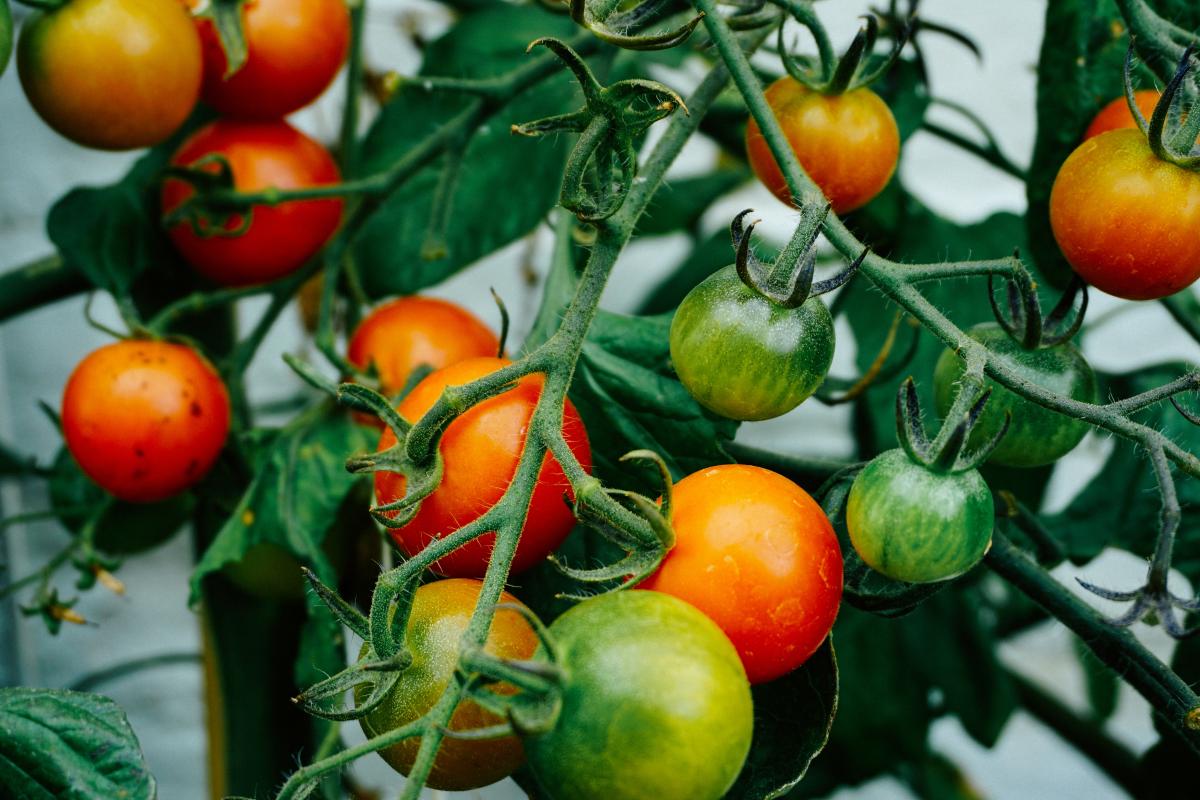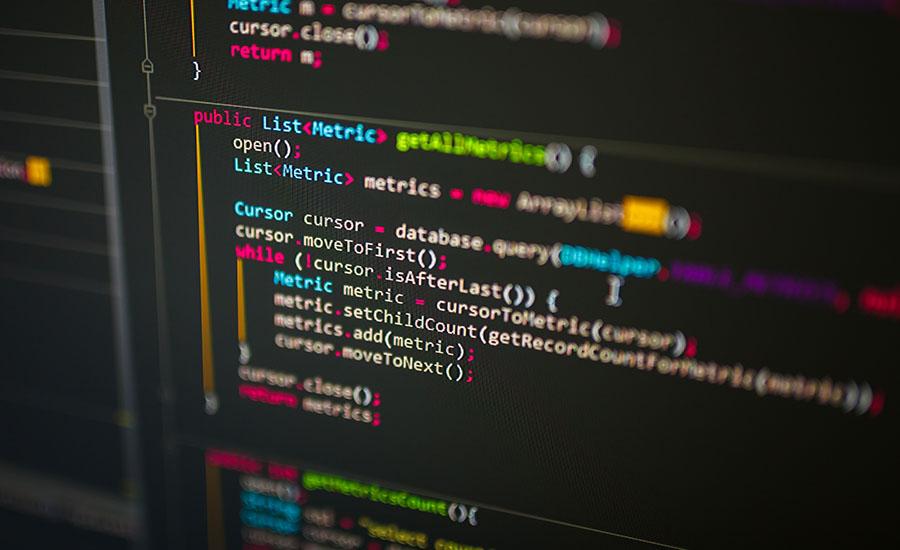
This lesson helps kids have an understanding of how our eyes capture light. A camera captures pictures of objects using a similar way so in this experiment, kids will be making a camera using simple

In this lesson, students begin to develop questions about what is being wasted in our school. It could be waste during lunch or waste as an overall school. Students will conduct an investigation

In this lesson, students will build on what they understand about heat/energy transfer to research, design, and construct solar cookers.

In this lesson students will be able to make their own slime using chemistry and chemical reactions then use their slime as a model for fractions while reading a short story called, "Slimey is Half."

This is the planning and set-up stage for an experiment to see which type of gardening is the most sustainable and produces the best results. You will need to either choose or have students help


Students will begin the year working with a hydroponics system to observe plant growth. To start the students will be given a seedling and determine what the plant is as it goes through the life cycle

Students are challenged with making a simple hoop glider and then altering it to achieve the greatest possible distance before being given the opportunity to change hoop materials and achieve the

This lesson is part of a project to isolate bacteria from soil and test it for antibiotic activity. This can be the start of the project or you can do lesson 1 soil microbes first. Though you do have


Students will take the rover models they built using LEGOs in Design a Rover Part 1. They will improve on their design in Tinkercad and build a model that will be printed utilizing a 3D printer. Their

In this lesson students will use the Engineering Design Process to build a zipline carrier that will take their passenger down the zipline in a given time period, adjusting and altering their design

The students design and test a catapult using simple materials like popsicle sticks and rubber bands. They learn about the history of catapults and also about the physical science concepts related to

Rad Roller Coasters Part 2 comes at the end of our paper roller coaster project. Students will collect data on their coaster and use that to calculate velocity, potential energy and kinetic energy

This is an activity to enhance student understanding and comfort with taking photographs, editing them, providing feedback on them, and submitting them for display. Students use a camera device (iPad

This lesson explains how I organized and set up for a robotics camp I hosted in June 2023. It talks about the preplanning that was involved and how I planned for ten days of activities.

In the final part of A Light in the Dark (pt. 3 of 3), students create their solution to the problem based on their chosen theme. Students present their final solutions to be evaluated.

In this continuation of A Light in the Dark (pt. 2 of 3), students research their questions and consolidate their learning, then determine their next steps in the process to solve the problem.

This lesson introduces the unit exploring light pollution and possible solutions students can create. Students will explore what light pollution is. Students will determine next steps in the process.

This lesson intends to expand the student's knowledge of electricity through an exciting hands-on experiment. "The Amazing Power of Fruits allows the students to collaborate as a team and demonstrate

In this lesson, teams of 3-4 students will design and create scale models of four landforms that they chose. This lesson takes place in a classroom for 60 minutes, with an emphasis on the target

Learning how to plot coordinates using Lego Prime Educational Set. This lesson integrates technology and mathematics.

This lesson is for a multi-day project where student groups will plan, design, and build roller coasters out of paper and tape. It tests their knowledge of Physics and Engineering Design.

This lesson is a 7th-grade STEM lesson with Arizona science standards. Students will be exposed to different forms of energy with sustainability concepts built into the lesson. Encourages students to
